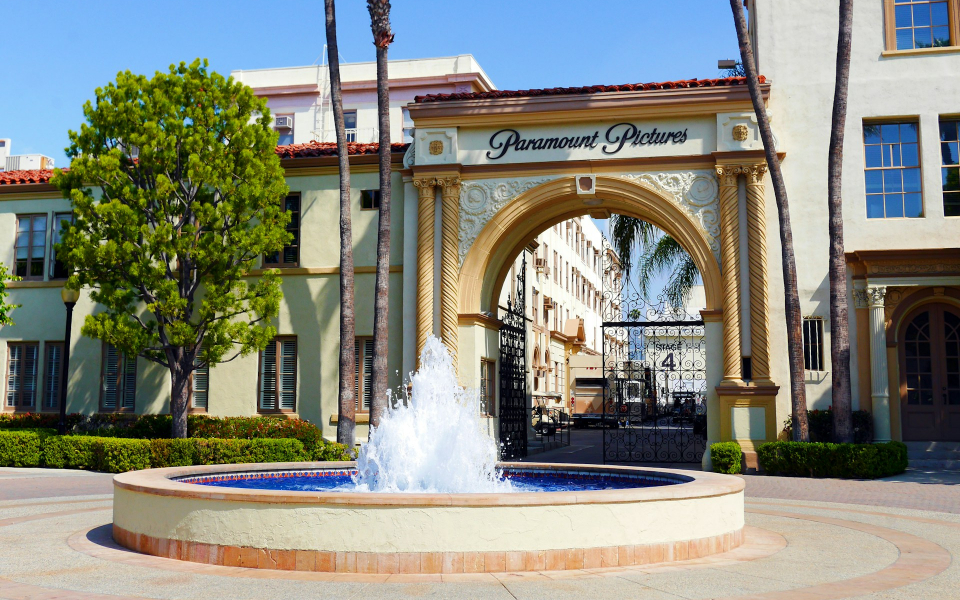Every year, Starbucks
"Starbucks has left behind the very values that drew many of us to the company in the first place," Starbucks worker and labor organizer Michelle Eisen wrote in a statement. "You cannot be pro-L.G.T.B.Q., pro-B.L.M., pro-sustainability, and anti-union. This Red Cup Day, we're organizing for a voice on the job and a true seat at the table."
Workers have staged picket lines at more than 100 Starbucks locations, and more than 1,000 employees didn't show up for their shifts, according to union officials. This strike is part of a new phase in the union's efforts as it transitions from holding votes to pushing for collective bargaining.
Red Cup Day usually brings customers streaming in to receive limited-edition reusable holiday cups that go on to become collectors' items. According to striking workers, the surge in demand seen on Starbucks' promotional day is representative of the company's broader staffing problems.
"It's honestly one of those days that a lot of ... baristas try to ... ask for off because it's always always a very insane day," Josie Serrano, a barista in Long Beach, California, told reporters.
According to representatives from Starbucks Workers United, staffing is just one of the many issues motivating what it calls the Red Cup rebellion. The union says that the purpose of the strike is to push company management to negotiate in good faith on new employee contracts.
Starbucks has faced dozens of complaints for union-busting activities and retaliation, and the union alleges that the company has been trying to undermine negotiation efforts by asking for last-minute scheduling changes and walking out of meetings with union representatives.
"Nothing could be further from the truth," said Starbucks' Vice President of Communications, A.J. Jones.
Jones acknowledged that the company has probably been "overly aggressive" with scheduling, but argued that union officials were always given sufficient warning for scheduling changes. Rather than being a sign of bad faith, Jones said that company lawyers left negotiations when union members attempted to illegally record the meeting.
"Under the National Labor Relations Act, you are not allowed to record bargaining sessions," Jones said. "And that actually is a clear violation of the act because of what's being discussed."
In its defense, the union claims that Starbucks is mischaracterizing events. Members say they weren't recording or broadcasting the meeting but were instead letting some union members join via Zoom
So far, 264 of the coffee company's franchise locations have been unionized. While union stores make up just a tiny fraction of the roughly 9,000 Starbucks in the U.S., it's still a major success for union and labor advocates. In addition to gaining a foothold at Starbucks, the union has also received widespread media attention, helping to spread its message to potential supporters amongst Starbucks customers.
At the 100 striking stores, union members are attempting to avoid angering customers wanting to get their special Starbucks Red Cup by handing out their own union-designed version, underlining the organization's interest in outreach.
"I feel like the movement has been very fun," Serrano said outside her unionized Starbucks workplace. "It's been very positive. And we just really want to be able to share that with our supporters ... like this is this is a party."












